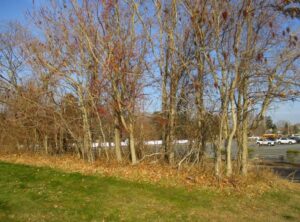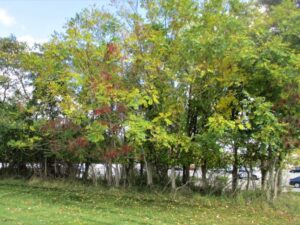Next week, many of the researchers focused on the invasive Spotted Lanternfly will be presenting their findings at the 2022 Spotted Lantern Fly Summit.
(Quote from stopSLF.org) “Funding was provided by the Northeastern IPM Center to form a working group in summer of 2018 with Penn State as the lead institution. The working group met several times and submitted a successful proposal to the USDA-NIFA Specialty Crop Research Initiative in December 2018 to study the biology, ecology, and management of spotted lanternfly.”
Rutgers and many other universities, Federal, and State research groups from all SLF impacted areas are set to share their most up-to-date findings. Topics will cover various commodities, and will be research heavy, however, these sessions may prove valuable to you and your constituents.
Click here to register for this free event – 2022 Spotted Lanternfly Summit – Updates on research



